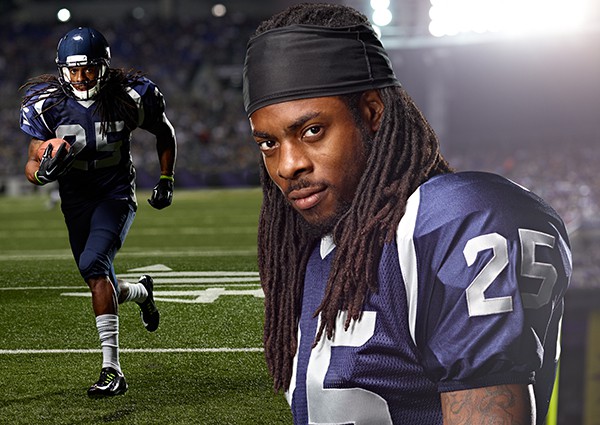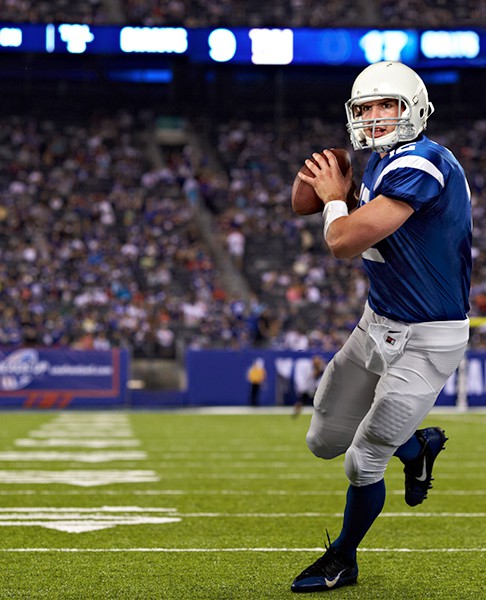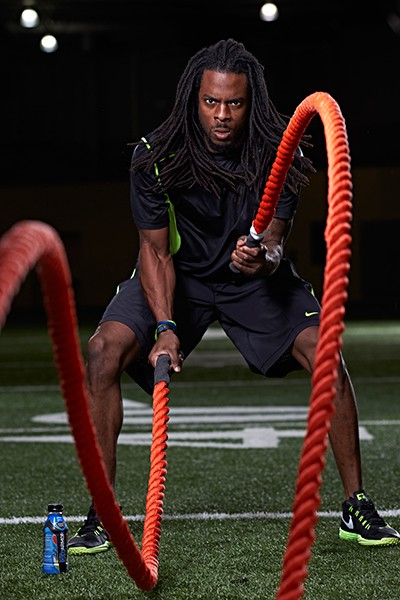Share
Winning Over the Client While on Set
This is Part 2 of 2 from our interview with commercial photographer Monte Isom. Check out Part 1, How to #MakeClientsHappy & Land the Job, her...

This is Part 2 of 2 from our interview with commercial photographer Monte Isom. Check out Part 1, How to #MakeClientsHappy & Land the Job, here.
Being on set can be overwhelming – as the photographer, it’s your job to please the client, the creative team, and sometimes, the agency’s client – all while making the subject feel comfortable enough to give you what it is you want. A dozen opinions can be flying around, and you can feel pulled in a million different directions. Here, commercial photographer Monte Isom, schools us in how to keep your cool while on set, and zero-in on what’s most important: connecting with your subject to create an amazing shot. Read below to find out how to handle last minute client requests, subjects refusing to do what you ask, and how to accommodate all parties involved.
PhotoShelter: When you’re on set, who’s with you?
Monte Isom: While on set you’ve got the art director, creative director, art producer, someone from the account team and someone from the client side that’s hired the ad agency for the work. As the photographer, I like to open up communication between all these channels and also be sure to keep an eye on everyone to make sure their needs are getting met.
What’s most important to the client while on set?
You have to be prepared. Pre-light the day before if you need to. By the time the talent arrives, you need to be ready to go and there is no room for troubleshooting in front of them. A big thing is choosing your first shot well. I try to knock the first shot of the day out of the park to set the tone of the day. If you screw this up – the client is going to be doubting your choices all day.
It’s important to be mindful of pacing throughout the day, if you’re spending too much time on one shot and it’s jeopardizing all the different assets you’re looking to get done that day, tension is going to build on set which can be very tough to break. Do your planning and preparing before shoot day so you have a good grasp on how you want things to run, then it should be all high fives, hugs and kisses from there.
What types of requests do you hear on set from the client, and how do you deal with it when it comes to the budget?
There’s two things you can count on in life: gravity, and that you’re going to be asked to do more than what was originally planned. Options are absolute gold to an agency, and if they see an opportunity to get an additional shot that will work for something else, they will likely request it from you. I’m my own agent – so I negotiate the budget, and I know what things cost. Some requests require additions to the budget, and if that’s the case I always consult the art producer as discreetly as possible, give them options, and am upfront about the additional fees that might be involved. I also bring awareness to any timing issues additional shots will result in. It’s important to not over accommodate additions and jeopardize the original requests.
Can you tell us about a “fire” you’ve had to put out on set?
As a portrait photographer, you have to understand that there’s always a variable with people, and sometimes when you get on set, the subject, like a football player who you need to shoot in 4 different active scenarios, turns to you and says “I’m not doing any physical activity today.” In the photo world, that’s like a 4-alarm, entire building’s on fire kind of fire.
At that point, it’s on the photographer to manage the situation with the subject. When it comes to changing the mind of the subject, it’s all about getting them on your team. You need to find a way to connect with them and you need to communicate what you’ll do for them – which can include making them look fantastic in the shots, making sure they exert a low amount of energy or not taking up to much of their time. I identify with what is important to them and use that to get them on my team. If they need to make a flight or catch a dinner with their lady I communicate that I too have interest in getting out of studio and that if we work together, we may even get out early. Sometimes I’ll show the subject a 90-second video of images of mine, and reassure them that to make them look good makes me look good. If the subject can see that I’ve gotten great shots with many other celebrity athletes that can puts them a little more at ease, and gains their trust.
What other strategies do you use to get what you want from the subject?
My subjects are normally celebrities, not models. Many times they are not comfortable in front of the camera. Or if they are they ‘bring it’ for only a short amount of time. I will often get in front of the camera with them to demonstrate what I’m looking for including body positioning and facial expressions. I like to lead by example. And I’m very quick to get right back behind the camera to get the shots. If they are really tense I actually give them the camera and have them take photos of me doing what I am asking for. The images immediately after that always are more relaxed or in tune with what we are trying to achieve. I can’t expect them to do retakes all day to get what I want, so I have to be quick to maximize the time they are ready to be photographed.
How do you cater to the client’s wants on set?
I set up a monitor specifically for the creative team to watch throughout the shoot. By setting it up close to me, I’m able to hear candid reactions to the work, and make choices on the fly so they’re getting exactly what they want. Of course I also ask them outright what they think – because everyone wants to make sure their opinion is heard and this is a collaboration.
When in your career did you realize that it’s about the clients more so than the images?
When I was a photo assistant I learned this, because I saw both sides: photographers conducting amazing client relations, or seeing photographers fail miserably.
What’s the #1 thing you should do to #MakeClientsHappy?
Don’t be a dick! There’s all these extraneous things you can do, but it always go back to what your folks taught you, which is: just don’t be a jerk. Also – to build confidence in your clients when you’re on set – no matter if it’s your first time, or 200th shoot, act like you’ve been there before, and that you’ll be there again.




